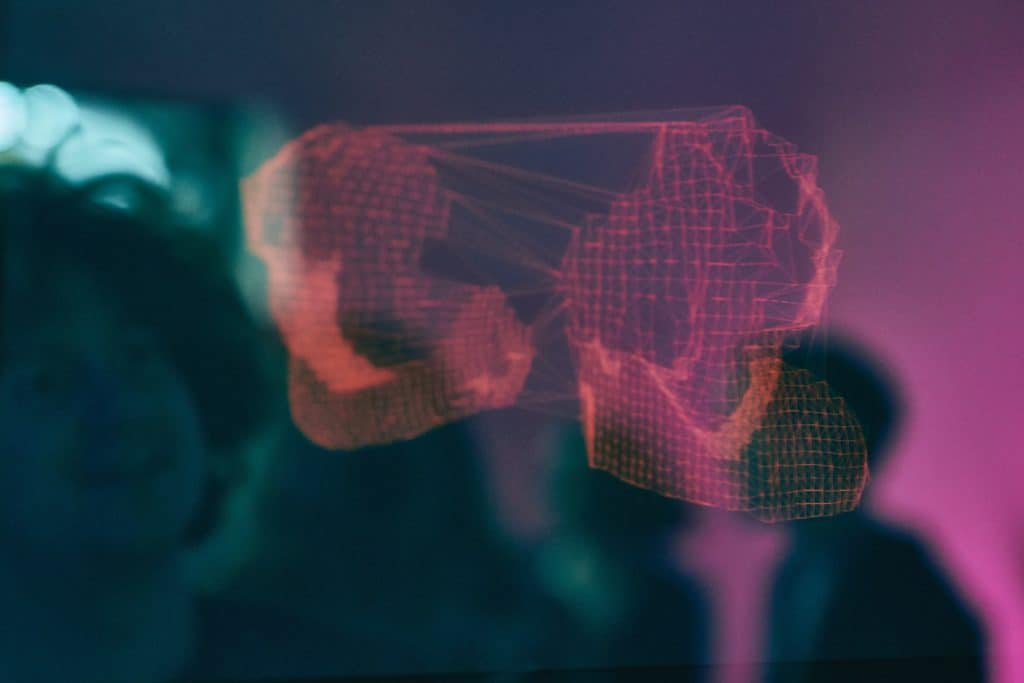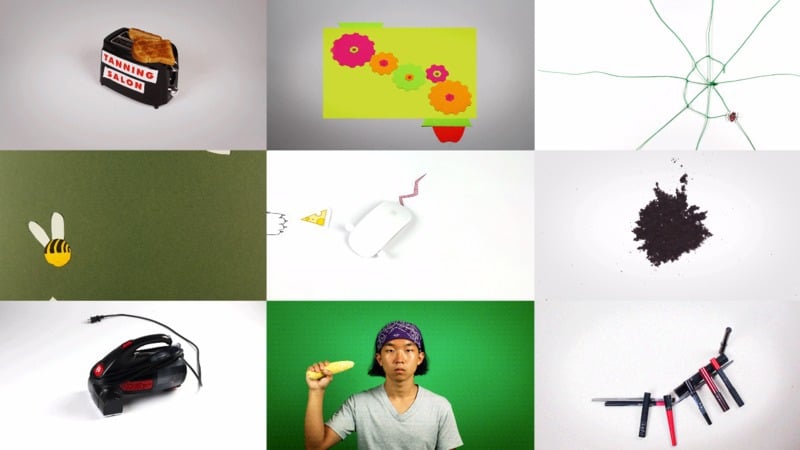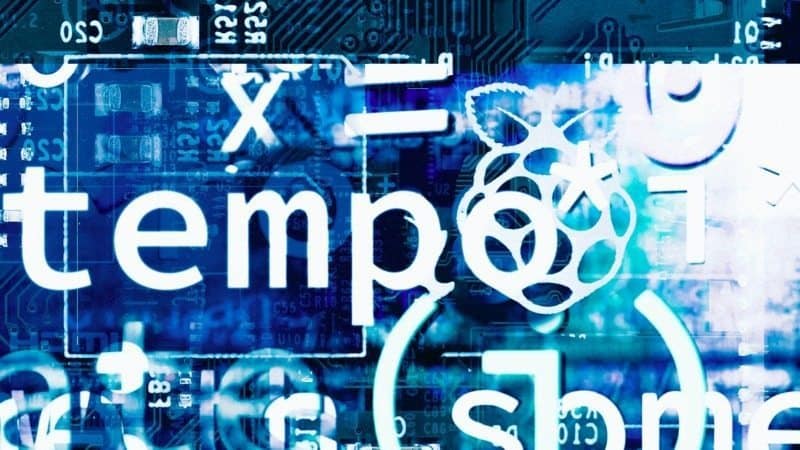When people think of the tech industry, there’s an assumption that the work is dictated by the restraints of calculated algorithms at the expense of personal expression. Many view art and technical skills like computer programming as skills that must be developed separately and have no relation to the other. However, the incorporation of both disciplines are necessary to pave the way for creative innovation.
If you look hard enough, creative expression and prowess are in fact core—and overlooked—principles in technology. In order for professionals in tech to be successful in creating efficient high-tech products and services, they must dare to be imaginative. The movement towards interdisciplinary measures such as STEAM dispel the notion of that divide, instead putting focus on how integrated the disciplines of art and technology really are.
Creative coding is one example of an area where the arts and tech are practiced in sync. Ashwin Vaswani is a creative coder and web engineer for Kadenze, who’s done a number of generative art projects. He explains how he first got his start in programming, what drives his creative energy, and how he puts it all together.
How did you get your start in programming/creative code?
I was into programming at the start of my college career, but in my sophomore year I got a little distracted with the social life. I stumbled on the Introduction to Programming course on what is now kadenze.com, and loved the format of how programming concepts were taught. I loved it so much that I finished the entire course in 4 days. Long story short, I ended up applying to CalArts’ Music Technology program, got in, and then spent the next two years learning how to code in a creative environment. It was thanks to the friends and mentors there that got me back into programming and rekindled my love for it.
Merging art and technical skills seem like a foreign concept to many people. How do you convince people tech and art are compatible?
There’s so much digital art nowadays, people are constantly innovating and pushing the envelopes of what can be done with computers, and how those concepts can be applied to art. In fact most modern art forms have developed with technology to the point where the two just naturally go hand in hand. Artists who aren’t thinking of things from a technical standpoint are just not developing their practice as efficiently as they can. Conversely, people who aren’t letting their creative juices to flow/aren’t exercising both hemispheres of the brain just aren’t taking full advantage of themselves.

Can you describe some misconceptions about getting into creative code?
That it’s hard to get into, and that you can’t do it if you aren’t creative. That’s the biggest misconception. Everyone is creative. It’s just most people haven’t had the opportunity or time to develop their creativity. But that’s what we’re setting out to do—to show people that learning creative coding is so easy with tools like P5, Processing, ChucK, Javascript, Python, etc. It’s just like learning any other skill: all you need is an open mind and practice!
Why should creatives trained in arts disciplines such as painting or drawing take up courses to build tech skills?
The analytical and problem solving skills you learn from programming can be applied to more traditional art disciplines. As a professional programmer, I tend to break down things a lot when I’m working. This idea can be applied to ‘intentful thinking’ when working on your art practice. It causes you to slow down and think about what exactly each brush stroke or pencil shade is really there to convey to the viewer.
Which aspects of working in tech cultivate artistic improvement?
Working in tech has definitely helped me get to a finished product much quicker. In the tech world this is called developing an MVP (Minimum Viable Product). As artists we tend to be perfectionists about our work and as a result might over-engineer or never even complete our projects. That along with the skills you learn by working with other creatives to get to that MVP really makes you think how you approach a new project, collaborative or alone.
What is your approach to learning generative art: do you learn the programming side first or do you start with a visual?
Usually start witht the visual aspect first, then break down how that look needs to be created with code. Recently a bunch of my friends have started this thing called http://shader.club, where we’re all learning WebGL together. In these cases I’m looking at other people’s code and trying to wrap my head around certain concepts, then code similar examples to try and understand the concept that I’m learning.
Where do you look for inspiration when you’re thinking of concept designs?
Definitely my friends’ work: Dexter Shepherd, Mike Leisz, James Anderson, JP Yepez, I can go on and on. I’ve also found there’s a very active creative coding community on Twitter and constantly get inspiration from there. There’s also a ton of great work on Kadenze’s gallery that I peruse every week. I also enjoy a few YouTube tutorials when I’m learning a new concept.

How is using code to make generative art a preferable approach to creating art than with traditional digital arts software such as Illustrator or Sketchbook?
The two are totally different in my mind: using Illustrator or Sketchbook usually ends in a project that was in your mind originally. When creating something generative, you’re leaving the end product up to the computer to determine. This gives you something completely unexpected and can push you down completely different avenues—some that you couldn’t have anticipated from the start.
What are some unexpected challenges that come with learning creative code?
Definitely the difference in verbage between different programming tools. In some cases this may not be a huge issue but in others it can be a challenge. Each programming language and framework has its own opinion on how things should be abstracted for the end user and sometimes it can be frustrating to remember specific nuances for each one of these.
Any advice for students who come from a technical background, but have no artistic experience (and vice versa)?
Yes! Don’t be afraid, and don’t listen to that voice in your head that says you can’t do it, because you can. All you need to do is be disciplined and want to create something. Trust me, you’ll realize that a lot of the things you pick up while being creative will help you in your day-to-day job. It helps you stay quick, think of things out of the box you wouldn’t normally think of, and simply innovate.
If you want to develop skills in creative technology, try out these exciting courses: The Nature of Code Processing Foundation Motion Design: Animated GIFs Ringling College of Art and Design Creative Audio Programming on the Raspberry Pi University of New South Wales



